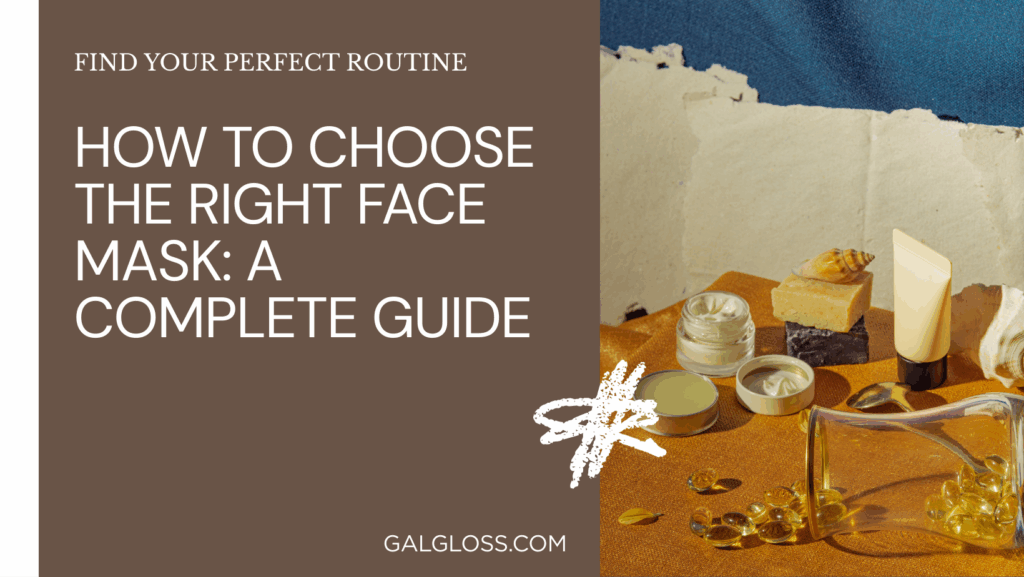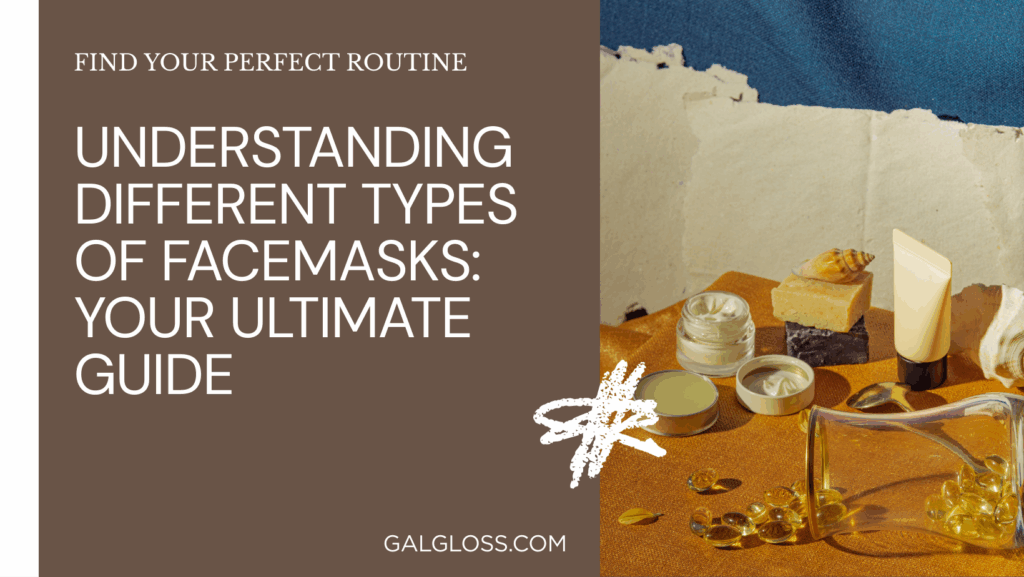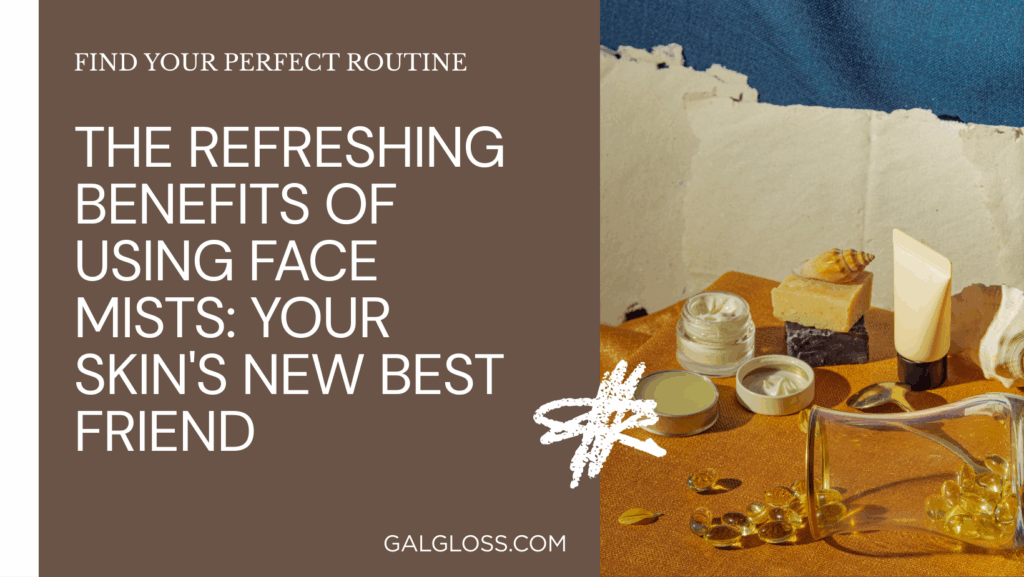Ever felt lost in the sea of face masks out there? You’re not alone. With so many options, picking the perfect mask can feel like finding a needle in a haystack. But don’t worry – I’ve got your back!
Face masks have become our trusty sidekicks in the fight against airborne nasties. They’re not just a fashion statement (though they can be pretty stylish); they’re our first line of defense. But here’s the million-dollar question: how do you choose the right one?
In this guide, we’ll dive deep into the world of face coverings. We’ll explore everything from the different types of masks to the factors you should consider when making your choice. By the time we’re done, you’ll be a certified mask expert!
Ready to unmask the secrets of choosing the perfect face mask? Let’s get started!
Types of Face Masks: Which One’s Right for You?

Not all masks are created equal. Let’s break down the most common types:
- Cloth Masks
- Pros: Reusable, eco-friendly, often washable
- Cons: Varying levels of protection, may not meet medical standards
- Best for: Everyday use in low-risk settings
- Surgical Masks
- Pros: Good filtration, disposable for hygiene
- Cons: Loose fit, not reusable
- Best for: Medical settings, short-term use
- N95 Respirators
- Pros: High filtration efficiency, tight seal
- Cons: Can be uncomfortable for long wear, may require fit testing
- Best for: High-risk settings, healthcare workers
- KN95 Masks
- Pros: Similar filtration to N95, more comfortable for some
- Cons: Fit may vary, potential for counterfeits
- Best for: Higher-risk public settings
- FFP2 Masks
- Pros: European equivalent to N95, high filtration
- Cons: May be less available in some regions
- Best for: High-risk environments, particularly in Europe
Remember, the best mask is the one you’ll wear consistently and correctly!
Factors to Consider: What Makes a Mask Right for You?
Choosing a mask isn’t just about picking the fanciest one. Here are the key factors to keep in mind:
- Purpose What’s your main goal? Everyday protection or medical use? Your needs will guide your choice.
- Filtration Efficiency How well does the mask filter out particles? Look for masks with high filtration rates, especially for high-risk situations.
- Breathability Can you breathe easily? A mask that feels like you’re suffocating won’t do you any good if you can’t wear it for long.
- Fit and Comfort Does it seal well around your face? Any gaps can let in unfiltered air. And if it’s not comfortable, you’re less likely to wear it properly.
- Reusability Are you looking for a one-and-done option or something you can wash and reuse? Consider both convenience and environmental impact.
- Cost and Availability What’s your budget? And can you easily get replacements when needed?
How to Properly Wear a Face Mask: The Do’s and Don’ts
Wearing a mask correctly is just as important as choosing the right one. Here’s a quick step-by-step guide:
- Wash or sanitize your hands before touching the mask.
- Check for tears or holes in the mask.
- Identify the top side (usually with a stiff bendable edge).
- Ensure the correct side faces outwards (colored side out for surgical masks).
- Place the mask over your nose and mouth, securing it under your chin.
- Fit the bendable top edge to the shape of your nose.
- Make sure the mask fits snugly against the sides of your face.
- Avoid touching the mask while wearing it.
Common mistakes to avoid:
- Don’t wear the mask under your nose.
- Don’t leave your chin exposed.
- Don’t wear the mask loosely with gaps on the sides.
- Don’t wear a dirty or wet mask.
- Don’t share your mask with others.
Caring for Your Face Mask: Keep It Clean, Keep It Safe
Your mask is only as good as how you treat it. Here are some tips to keep your mask in top shape:
Cleaning Tips:
- For cloth masks: Wash after each use with regular laundry detergent and the warmest appropriate water setting.
- For disposable masks: Don’t wash them! Dispose of them after each use.
Storage Tips:
- Store clean masks in a clean, dry place.
- Use a paper bag or breathable container.
- Avoid plastic bags, which can trap moisture.
When to Replace Your Mask:
- Disposable masks: After each use or when visibly soiled.
- Cloth masks: When they become stretched out or damaged.
- N95 and similar masks: Follow manufacturer guidelines, typically after several uses or when dirty/damaged.
Special Considerations: One Size Doesn’t Fit All
Different folks, different strokes – and different mask needs!
Masks for Children
- Look for smaller sizes designed for kids.
- Ensure a proper fit – no gaps!
- Choose fun designs to encourage wearing.
Masks for People with Breathing Difficulties
- Consult a doctor for personalized advice.
- Consider masks with exhalation valves, but be aware they may not protect others.
- Look into face shields as an alternative, though they’re not as effective as masks.
Masks for Different Environments
- Gym: Opt for moisture-wicking, breathable materials.
- Office: Choose comfortable masks for long-term wear.
- Outdoors: Consider UV-protective materials for sun exposure.
Face Mask Myths and Facts: Separating Truth from Fiction
Let’s bust some common mask myths:
| Myth | Fact |
| Masks reduce oxygen intake | Most masks don’t significantly affect oxygen levels |
| All masks offer equal protection | Different masks have varying levels of effectiveness |
| Masks are only for sick people | Even asymptomatic people can spread viruses |
| You don’t need a mask if you’re vaccinated | Vaccines aren’t 100% effective; masks add an extra layer of protection |
| Masks weaken your immune system | There’s no evidence that mask-wearing impacts immune function |
The Future of Face Masks: What’s Next?
As we look ahead, what’s on the horizon for face masks?
- Smart Masks: Some companies are developing masks with built-in air quality sensors and even translation capabilities.
- Sustainable Materials: Expect to see more eco-friendly options hitting the market.
- Improved Designs: Researchers are constantly working on masks that offer better protection, comfort, and breathability.
- Customization: 3D-printed masks tailored to individual face shapes could become more common.
Conclusion: Masking It All Together
Choosing the right face mask doesn’t have to be a headache. Remember, the best mask is one that fits well, feels comfortable, and offers appropriate protection for your needs. Here’s a quick recap:
- Consider the type of mask based on your needs (cloth, surgical, N95, etc.).
- Factor in filtration, breathability, fit, and reusability.
- Wear your mask correctly – cover your nose and mouth!
- Keep your mask clean and replace it when necessary.
- Stay informed about mask guidelines and new developments.
At the end of the day, wearing a mask is about more than just protecting yourself – it’s about caring for your community. By choosing and using the right mask, you’re doing your part to keep everyone healthy.
So, next time you’re mask shopping, you’ll be armed with the knowledge to make the best choice. Stay safe, stay informed, and keep on masking up!





